
What historical biases impacted textured hair length perceptions?
Historical biases distorted textured hair length perceptions by misinterpreting its natural coil and volume as inherent shortness, often to assert racial superiority.
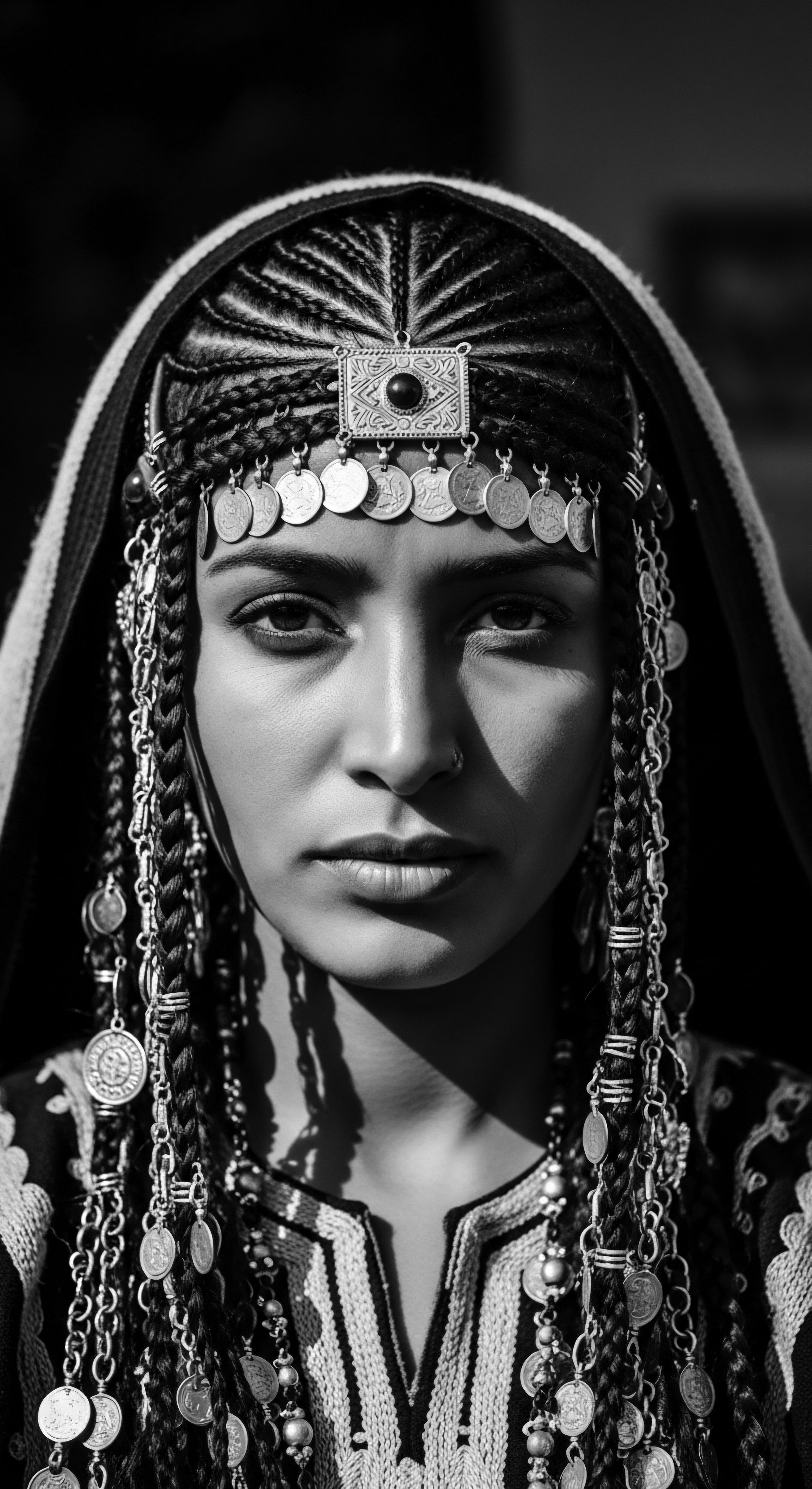
How does hair heritage shape current discrimination?
Hair heritage informs discrimination by shaping perceptions of professionalism and beauty, rooted in historical efforts to suppress cultural identity.
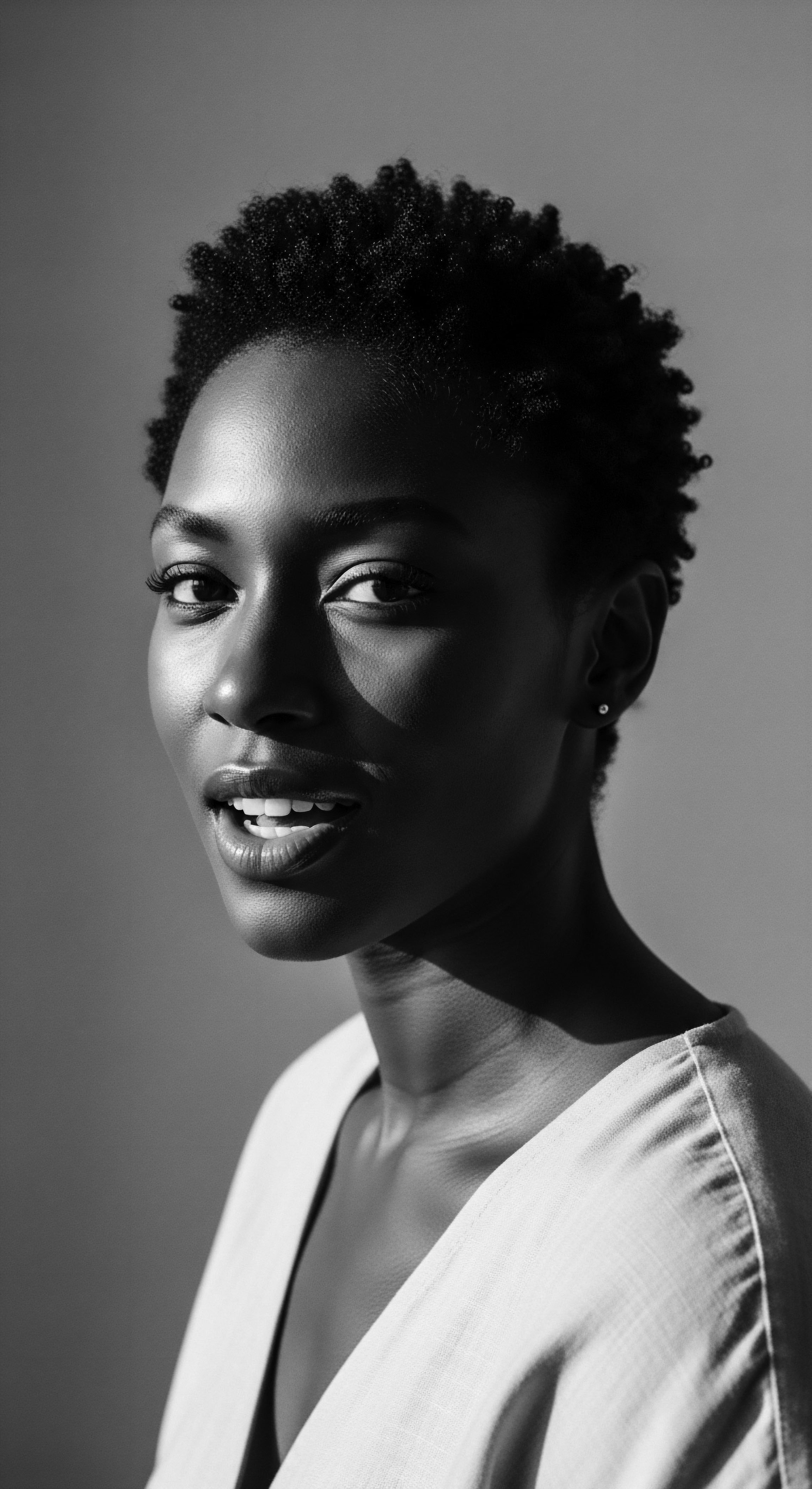
How does the CROWN Act address historical hair biases?
The CROWN Act addresses historical hair biases by legally protecting natural hair textures and styles, validating Black hair heritage against discriminatory norms.

How do hair classifications reinforce bias?
Hair classifications often reinforce bias by devaluing textures distant from Eurocentric ideals, undermining textured hair heritage and identity.

How does hair heritage shape anti-discrimination laws?
Hair heritage shapes anti-discrimination laws by compelling recognition of natural and protective styles as extensions of racial identity.
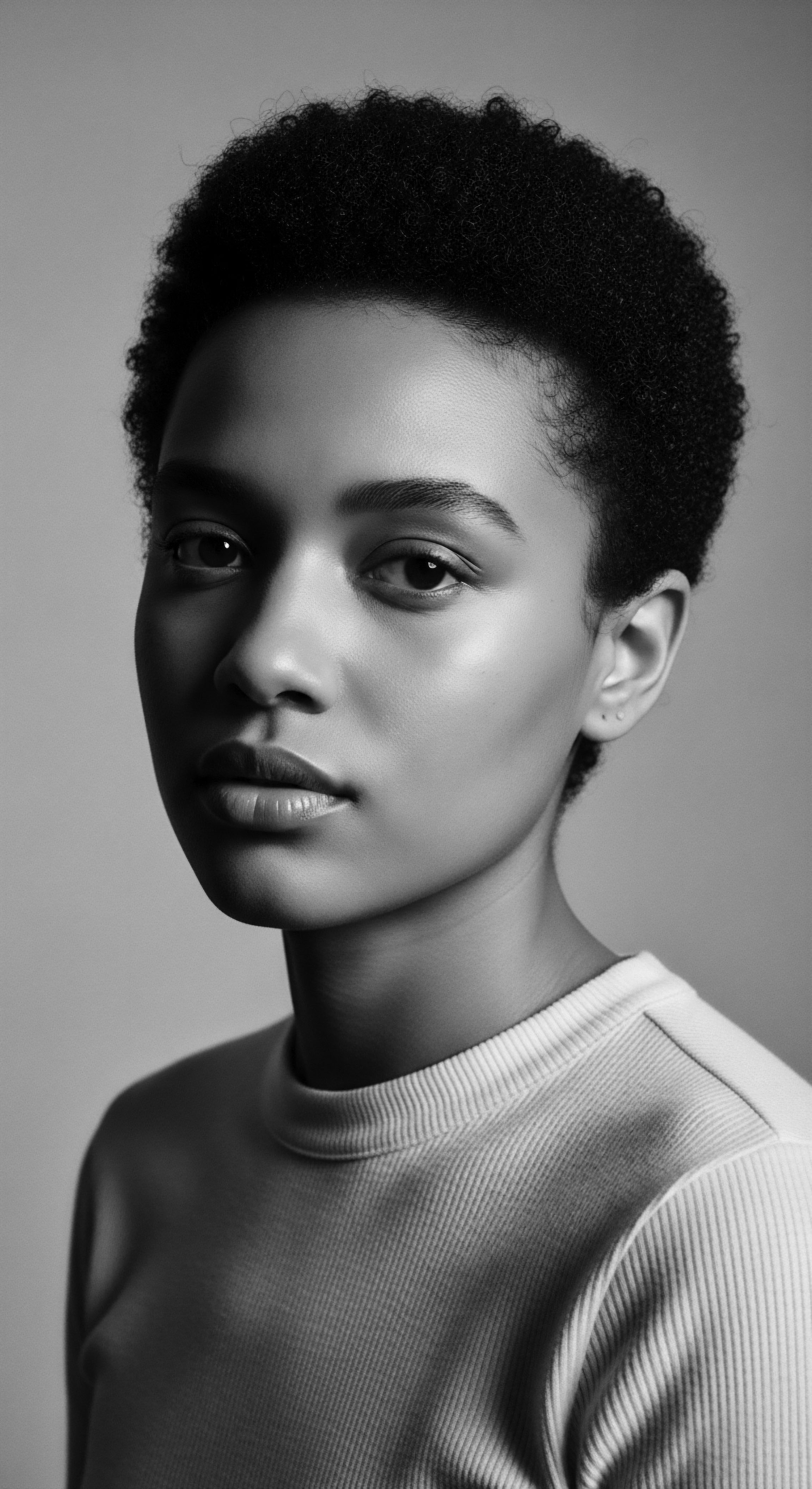
In what ways does hair discrimination influence personal identity and heritage?
Hair discrimination dismantles self-perception and cultural belonging, severing crucial ties to textured hair heritage.

In what ways do modern movements challenge historical hair biases and uphold heritage?
Modern movements dismantle historical hair biases by upholding textured hair heritage through cultural reclamation and legal advocacy.
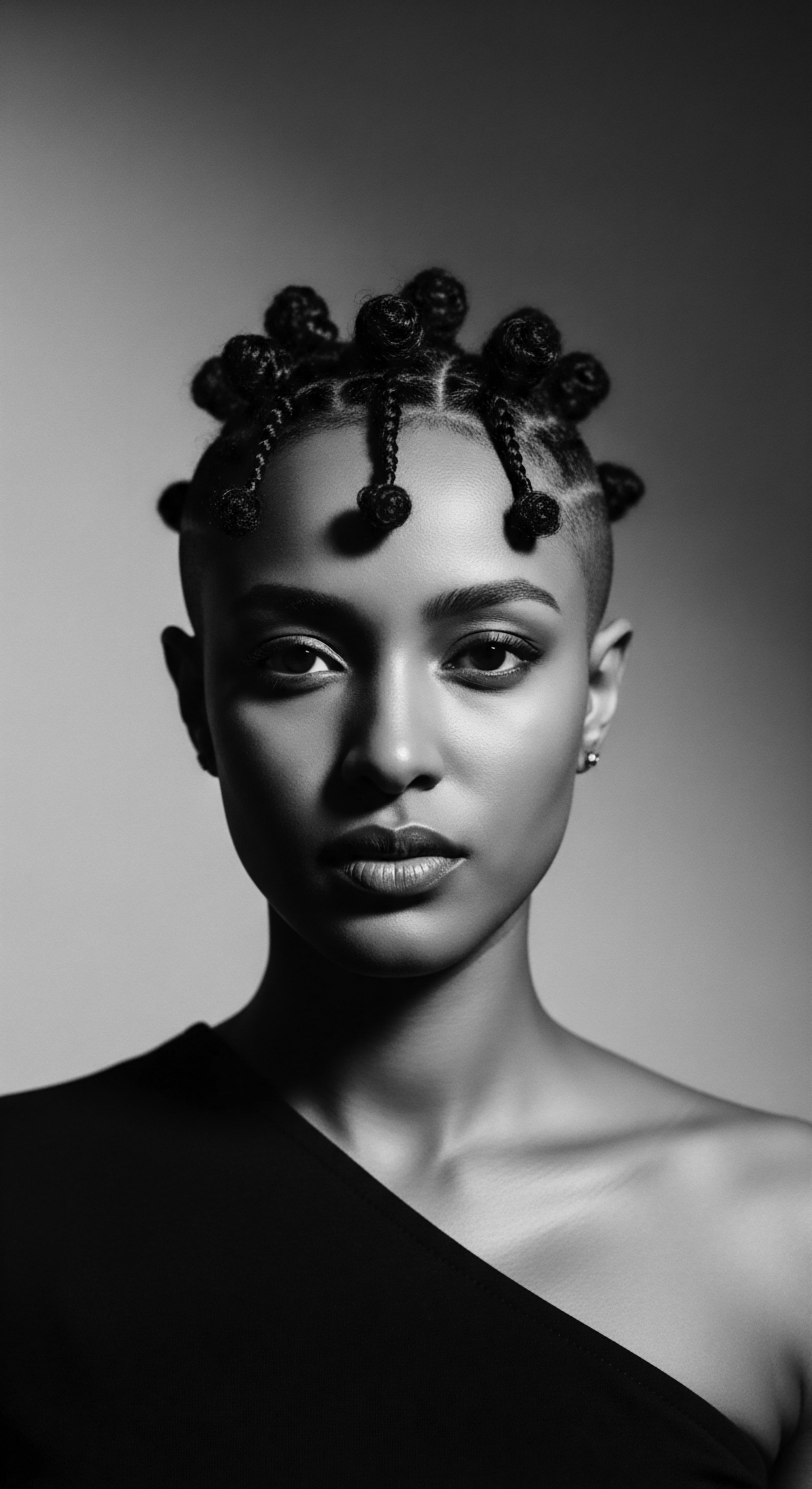
What historical biases against textured hair did the movement confront?
The movement confronted biases that deemed textured hair unprofessional or inferior, challenging Eurocentric beauty norms and reclaiming a rich ancestral heritage.
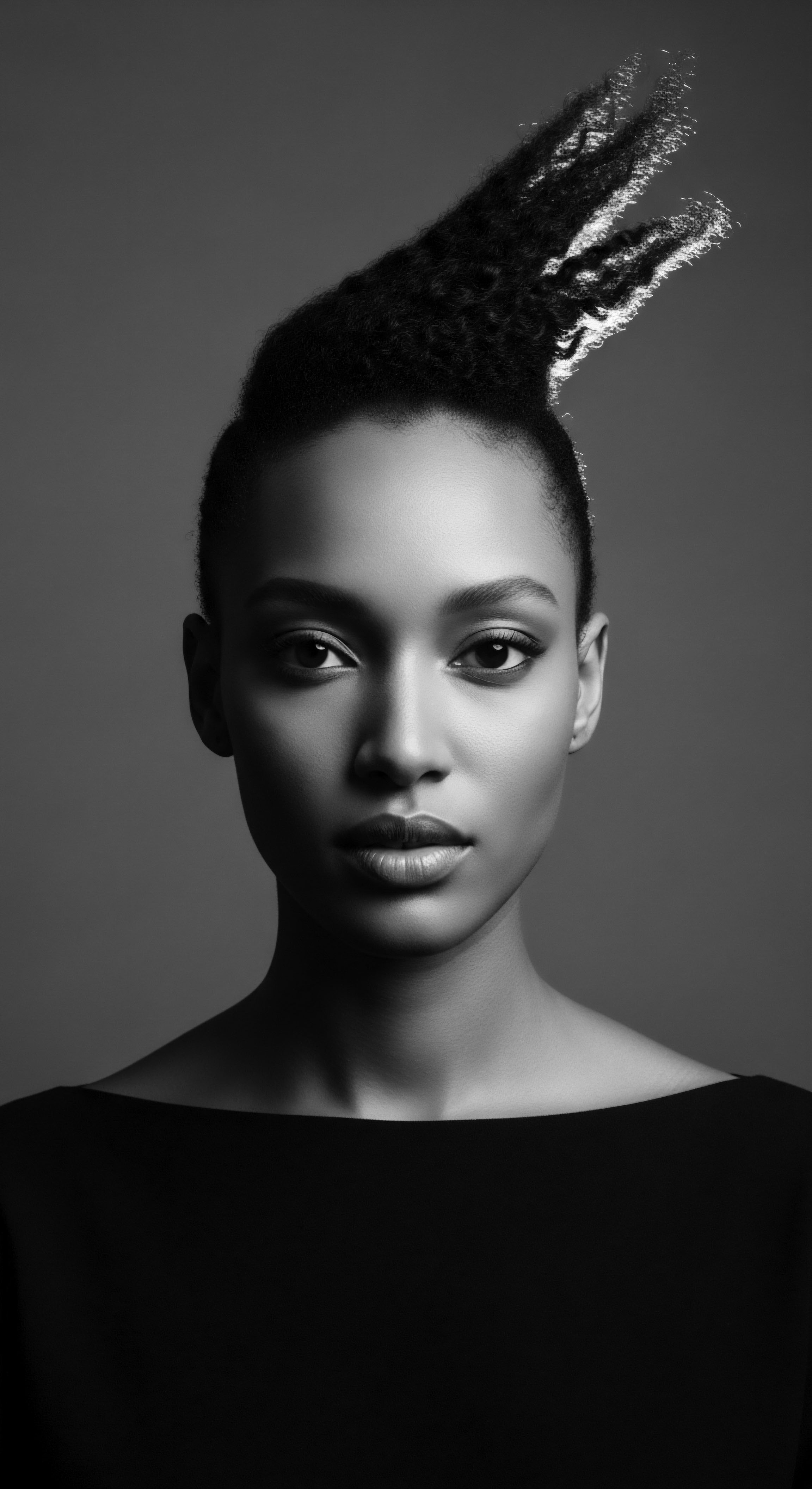
What historical biases led to the need for legal protection of textured hair heritage?
Historical biases, rooted in racial subjugation, led to legal protections for textured hair to affirm its inherent heritage.

In what ways does hair legislation respond to ongoing discrimination against textured hair?
Hair legislation combats discrimination by affirming textured hair as a protected cultural expression, validating its heritage against historical biases.
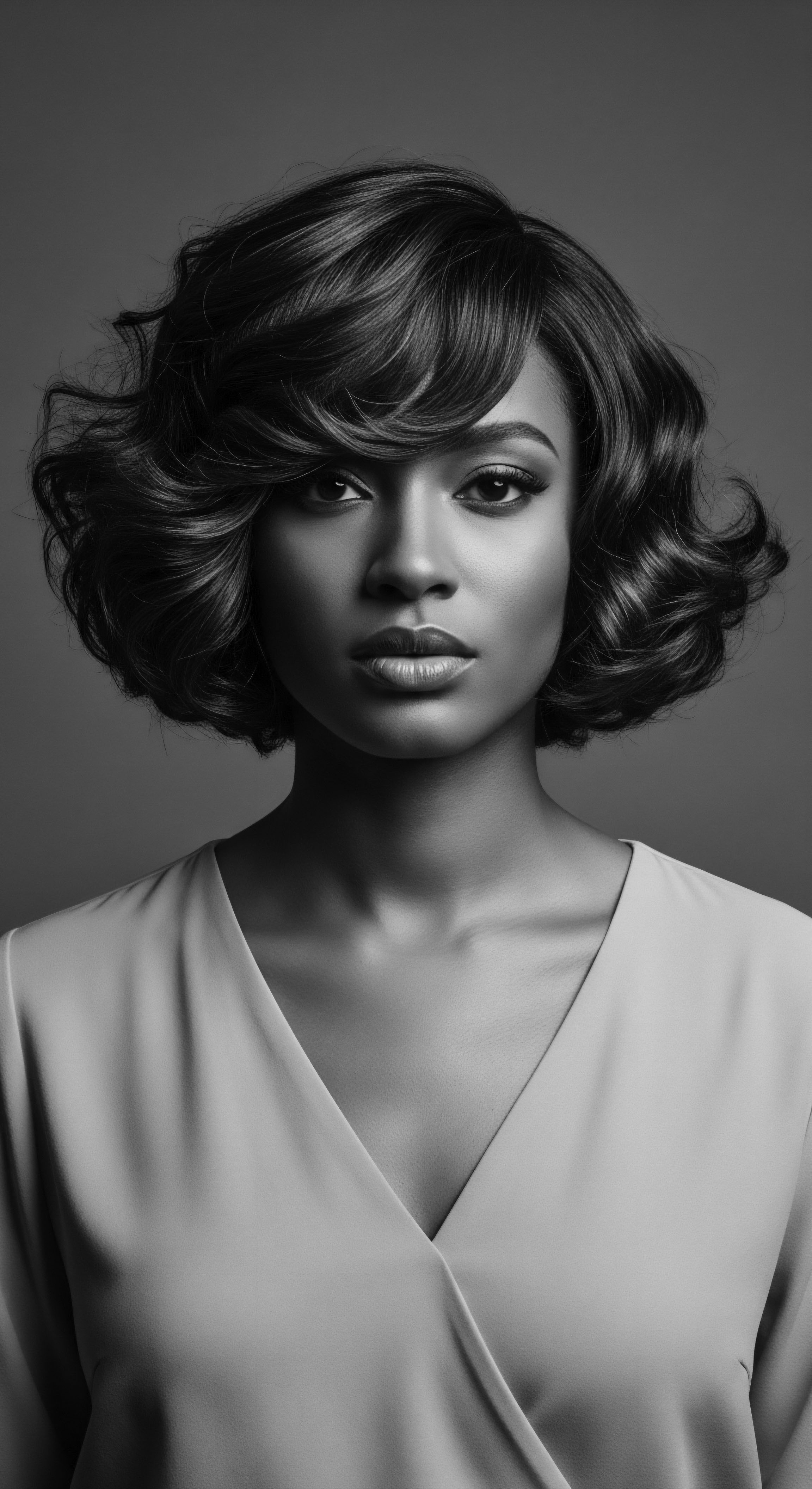
What historical factors underpin current textured hair biases?
Textured hair biases stem from historical dehumanization and Eurocentric beauty standards, profoundly impacting Black and mixed-race heritage.
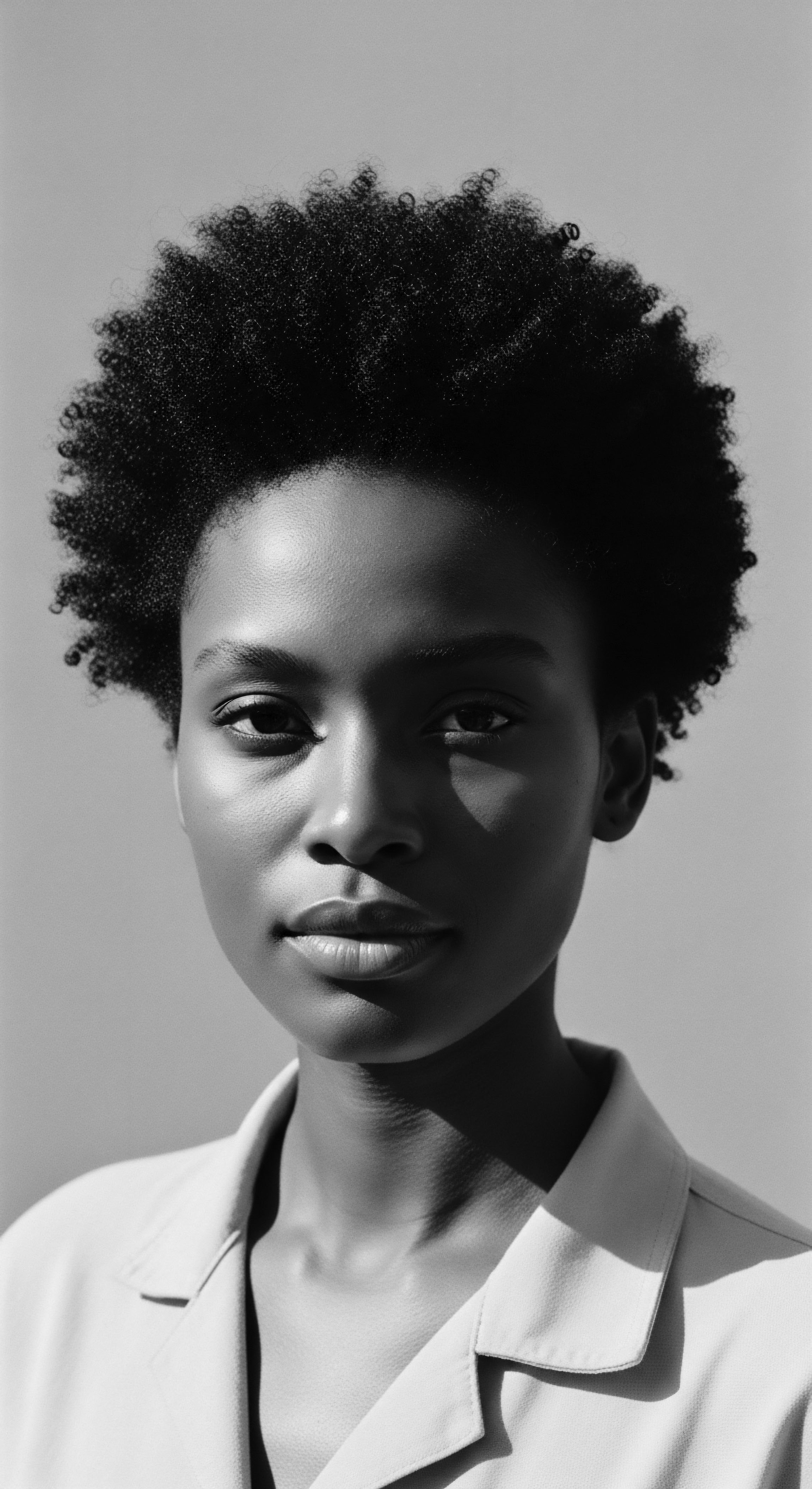
What historical prejudices influenced textured hair legislation?
Historical prejudices led to laws controlling textured hair, aiming to suppress Black identity and its rich heritage.

What historical tests enforced textured hair bias?
Historical evaluations, from pseudo-scientific classifications to social "tests," enforced bias against textured hair, undermining its heritage.
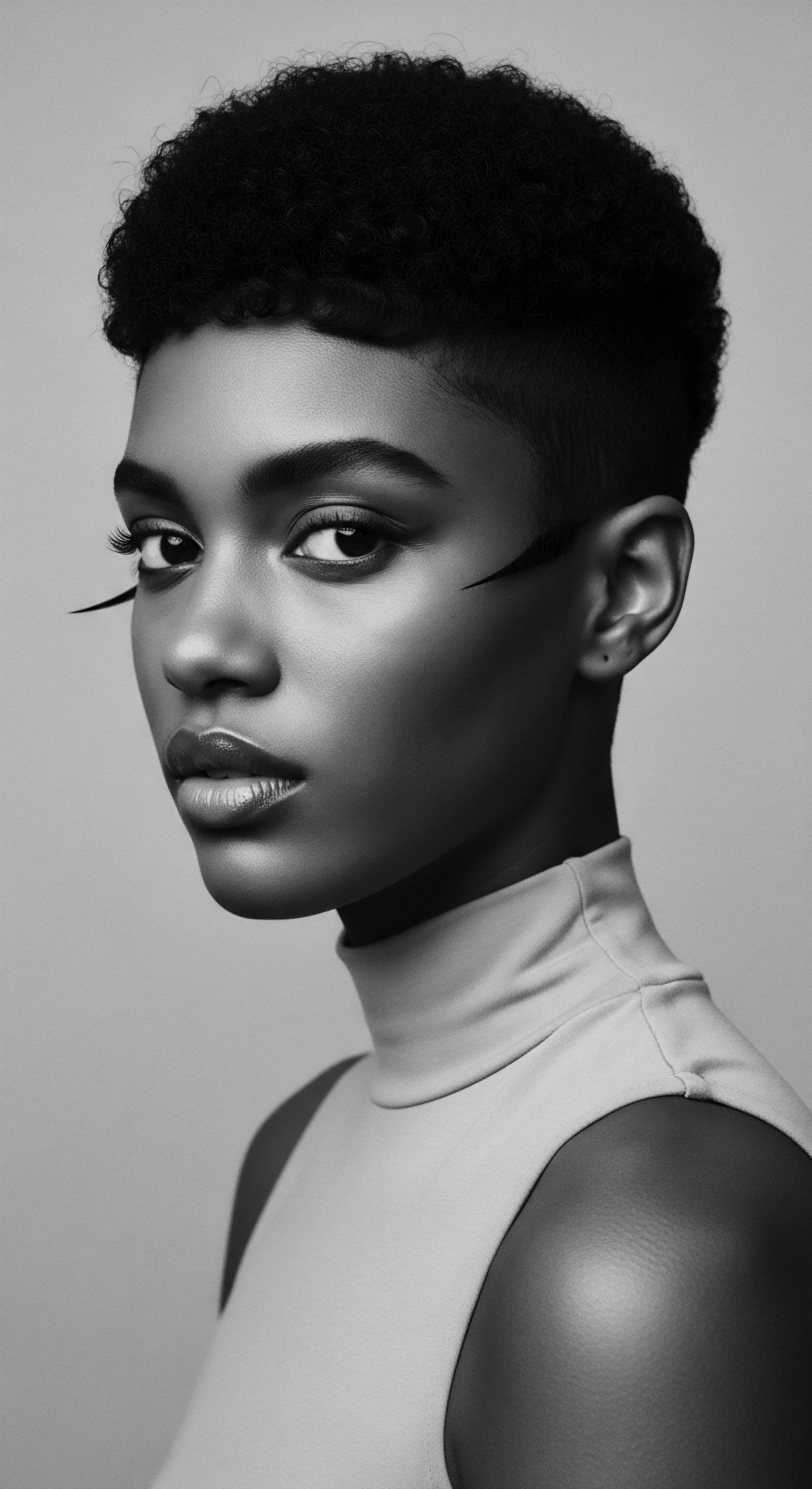
Can celebrating textured hair heritage dismantle historical biases?
Celebrating textured hair heritage directly confronts historical biases by affirming identity, resilience, and inherent beauty.

How do historical biases against textured hair shape modern beauty standards?
Historical biases against textured hair shaped modern beauty standards by devaluing natural coils, pushing for conformity to Eurocentric ideals, and influencing societal perceptions of professionalism.
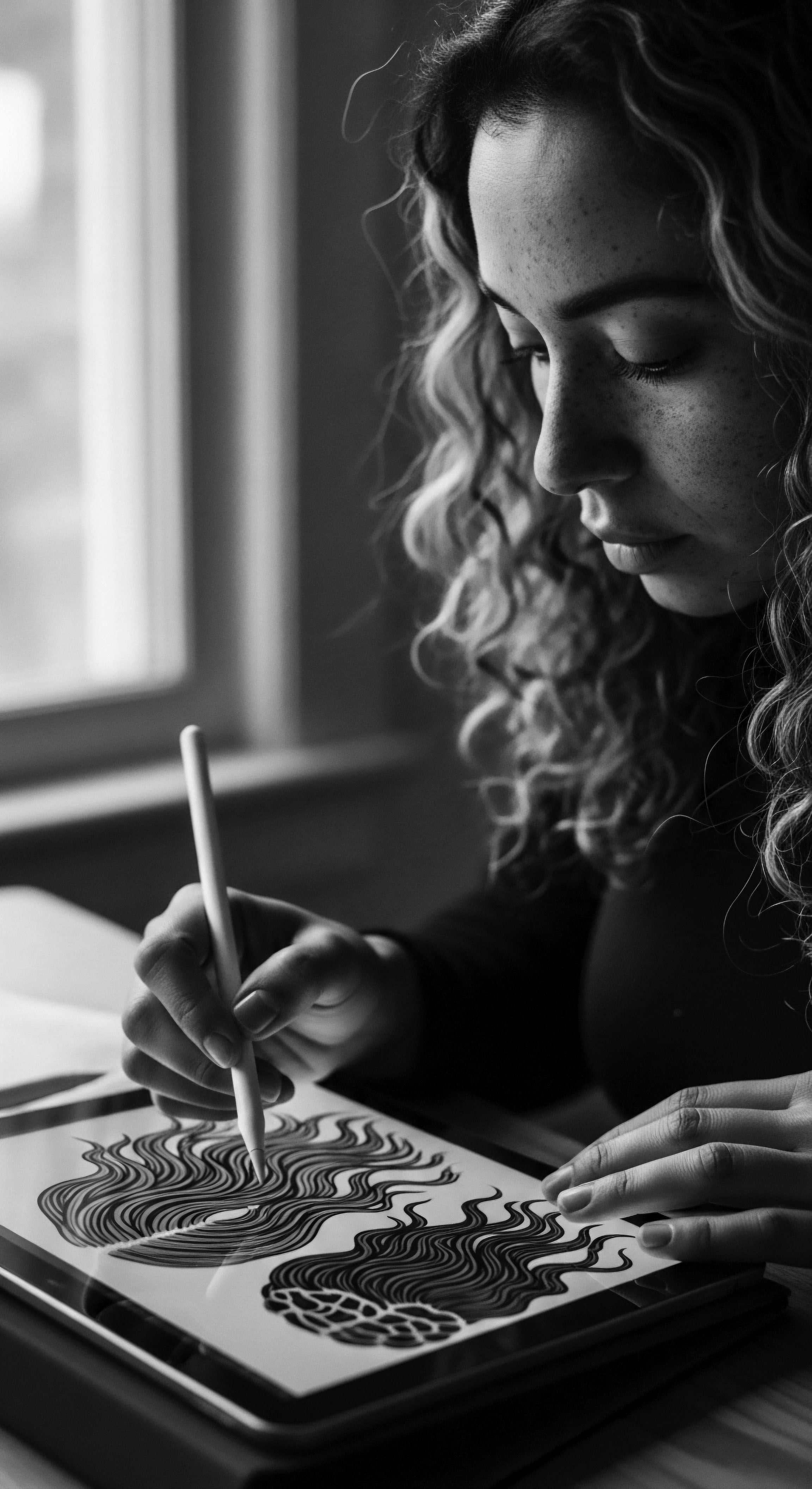
How does the CROWN Act relate to textured hair heritage and modern discrimination?
The CROWN Act protects the right to wear natural textured hair, validating a heritage long devalued by bias.

How do school policies affect textured hair?
School policies affect textured hair by challenging ancestral practices, eroding identity, and creating mental distress, often due to Eurocentric biases.

In what ways did historical biases influence textured hair styling?
Historical biases normalized European hair ideals, forcing textured hair communities to adapt, conceal, or fight for the right to wear ancestral styles.

Hair Disparity Factors
Meaning ❉ Hair Disparity Factors are the systemic historical, social, and economic inequalities affecting textured hair, rooted in cultural bias and scientific neglect.

Textured Hair Disparities
Meaning ❉ Textured Hair Disparities refer to systemic inequities and cultural devaluation impacting individuals with textured hair, rooted in historical biases.
